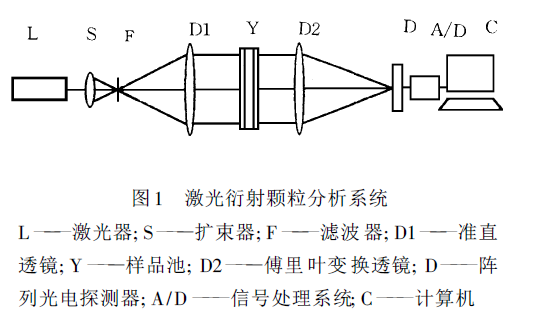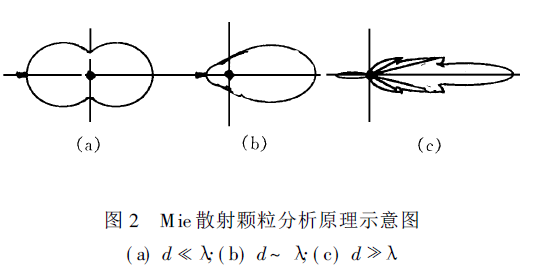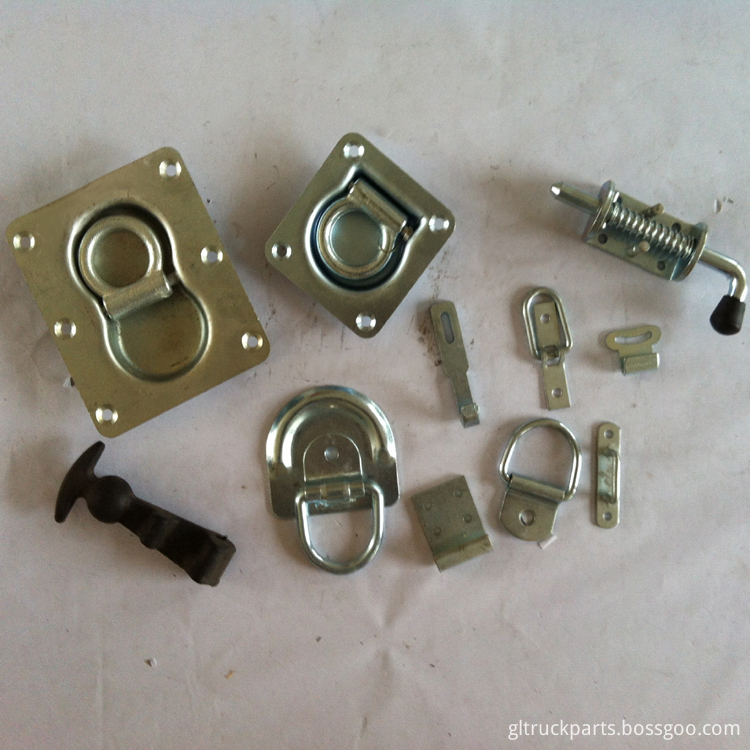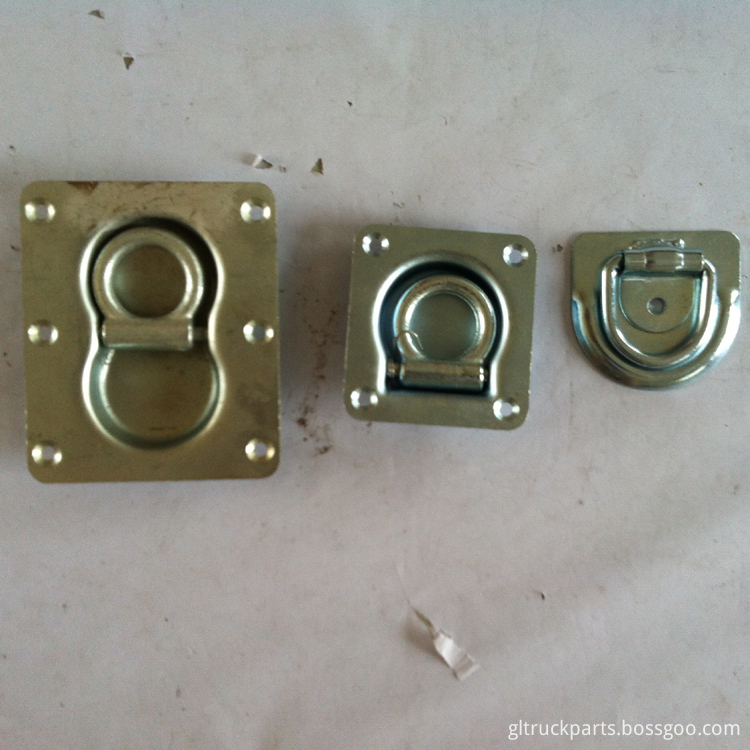Ren in Beijing ( Particulate Testing Institute , Shandong Institute of Building Materials , Jinan 250022) Abstract: This paper introduces the latest progress of major contemporary laser particle analysis technology. The content involves the development of test principles, improvement of instrument structure, breakthrough of data processing technology, treatment of multiple scattering, diversification of sample dispersion systems, influence of particle shape on testing, particle scattering model, industrial on-line application, and a series of theories. Application problems. Keywords: laser, powder, particle, scattering, test 1 Preface Well-known physicist Feynman once said : If, due to a major disaster, all scientific knowledge is lost, there is only one sentence. To the next generation, how can we use the least vocabulary to express the most information ? I believe this sentence is an atom's assumption that all objects are made of atoms [1] . "How visible the composition of matter has in human civilization is of great significance." In the 20th century, people had a fairly deep understanding of the macro and microscopic physical world, but little is known about the large number of physical phenomena between microscopic particles and macroscopic objects. Particles are the mediator between the two. For example, large particles mainly exhibit solid properties. As the particles become smaller, the fluidity is obviously enhanced, much like a liquid; as the particles become smaller, it will fly like a gas; when the particle size is smaller, its surface area increases rapidly, and the surface molecules are in a state of large size. The particles are completely different and the nature of the particles will mutate to show some of the shocking quantum properties ! Nowadays , many of the world’s outstanding Scientists are working hard in this mesoscopic field and a large number of materials with special properties will be born in this field. Lead to particles The first characteristic of such a change in nature is its size [2] . Particle size is also very important in people's lives and production. For example, when the cement particles are ground more, the early strength of the cement will be significantly improved; the finer the particle size of the medicine, the better the human body will absorb it; the finer the magnetic recording material, the higher the storage density. The list goes on. Therefore, ultra-fine particles have become an improvement The important means of material performance. It is not surprising that particle size measurements are valued by people. In order to determine the particle size, people Almost everything you can think of is used [3, 4] . Due to limited space, this article only introduces the overview of laser particle analysis technology. 2 how to measure the particle size of the laser There are several ways to measure particle size by laser, including light scattering, light diffraction, Doppler effect, photon correlation spectroscopy, light transmission method, extinction method, light counter, holography, etc. By detecting the scattering spectrum distribution of the particle group, analysis of the size and distribution of the laser scattering ( diffraction ) particle analysis technology. It is known that a beam of parallel laser light is irradiated on the particles and the famous Fraunhofer diffraction occurs. Diffraction light is collected using a Fourier transform lens, and the diffraction spectrum of this particle can be obtained at the focal surface of the lens. If the particle is a sphere, the diffraction pattern is the famous Airy pattern, and the diameter of the center Airy spot is inversely proportional to the particle diameter [3] . If a concentric circular array photodetector is placed on the back focal plane for the detection of diffraction spectrum, and then matched with a signal processing system , it constitutes a basic laser diffraction particle analysis system [5] ( see Figure 1) . When there are no particles in the beam, the light converges in the center of the detector . When the small particles enter the beam , the intensity distribution of the detector is wider. When the large particles enter the beam, the intensity distribution of the detector is narrow. If entering the beam detection area is a group of particles with a certain size distribution , the output of the detector is a linear superposition of the total particle diffraction spectrum, and the inversion technique can be used to inversely determine the particle size distribution of the measured particle group [6] . The laser diffraction particle analysis system is suitable for particles whose particle size is larger than the laser wavelength. The measurement range is about 6Lm or more. The upper limit of the measurement is determined by the lens focal length. The known maximum detectable wavelength is 2000Lm. The advantages of the laser particle analysis system are outstanding, including (1) The measurement speed is fast, and other methods cannot be compared. (2) The measurement process has a high degree of automation and is not interfered by human factors. It is accurate and reliable; (3) The diffraction spectrum is only related to the particle size and has nothing to do with the physical and chemical properties of the particles. The application surface is extremely wide. 3 From diffraction to scattering The main disadvantage of the laser particle analysis system using the principle of diffraction is that the measurement error in the small particle range is large, and in particular the size of submicron particles cannot be measured. With the advancement of particle technology, particle size rapidly develops to ultra-fine, Fraunhofer diffraction can no longer meet the testing requirements, and more accurate Mie theory must be adopted . The Mie scattering theory is a strictly analytical solution of the scattering field distribution of monochromatic light by spherical particles. Fraunhofer diffraction is an approximation of the Mie scattering theory under certain conditions. The Mie scattering theory states that when the particle diameter is much smaller than the wavelength of the incident light, the forward and backscattering fields of the particle are symmetrically distributed; when the particle diameter is similar to the wavelength of the incident light, the forward scattering is stronger than the backscattering, and the scattering The field is periodically distributed about the incident optical axis; when the particle diameter is much larger than the wavelength of the incident light, the particles will only have a forward-scattering field, which is consistent with the Fraunhofer diffraction theory ( see Figure 2) . It can be seen that the Mie scattering theory has a wider and more accurate application than the Fraunhofer diffraction theory [7, 8] . In order to adapt to the measurement of the scattering spectrum of small particles, significant changes have taken place in the light path, and the original parallel light route has replaced the convergence light path. The particle sample was changed from pre-lens to post-lens, with an acceptable scattering angle of 70b . Improved particle analysis The new optical path measurement range from 0.1um to several hundred um , as long as you change the sample position can easily adjust the measurement range without having to replace the lens [9] . At this point, Mie scattering theory officially assumed the protagonist of particle analysis. 4 multiple scattering Laser scattering particle analysis in principle requires that the measured particles are randomly dispersed in the same plane perpendicular to the optical path without overlapping. However, this requirement is difficult to achieve in practice. For example, the dry powder discharged from the nozzle tends to be distributed three-dimensionally. The front particle scatters the parallel laser light, and the scattered light encounters the back particle scattering again. This process goes through many times and the scattering spectrum The distribution is greatly broadened. This phenomenon is called multiple scattering. It can be shown that the complex amplitude of the N - scattered light field is an N- fold convolution of the complex amplitude of the single-scattered light field . The thicker the particles are distributed, the more severe the scattering spectrum is, and the particle analysis results will be severely shifted toward the smaller particles. In order to suppress multiple scattering, people have used a variety of methods. Chinese scholars analyzed the relationship between multiple scattering and particle concentration, and found that there is still the most jia diffraction concentration when three-dimensional particles are distributed. At this concentration, multiple scattering can be effectively suppressed [10] . The thicker the particle distribution, the smaller the jia diffraction concentration. Under the guidance of this theory, the dry powder laser particle analyzer developed by China can be compared with the wet laser particle analyzer. 5 Inversion - Pursuing Real Efforts Our measurement objects rarely have particles of a single particle size and tend to be particles with a certain size distribution. The spectral distribution we measured was the integration of the particle scattering spectrum distribution weighted by the particle distribution function for all particle sizes. The inversion operation in particle analysis reverses the particle size distribution ( the scattering spectrum distribution of the particles is known theoretically ) through the measured spectral distribution . Whether the inversion is correct or not is directly related to the success or failure of this technology. This article does not want to discuss inversion techniques in a comprehensive way. It only briefly introduces two inversion ideas. One popular method is to first assume that the measured particle size obeys a distribution function ( such as normal distribution, lognormal distribution, R-R distribution, etc.) and then iteratively obtains distribution parameters. If the presupposition is wrong , then the inversion result must be wrong. How can we obtain true and reliable results ? Our researchers have developed an unconstrained free-fitting inversion technique that does not impose any constraints on the granularity distribution function, so that each weight factor independently approaches the maximum value of jia. This technology has been applied to the instrument and achieved good results, increased particle size resolution, and ensured the true reliability of the inversion results. This technique also has application value in other occasions. 6 size and shape related ? It is generally believed that the size of an object and the shape of an object are two concepts that are not related to each other. Recent studies on granules show that the characterization of particle size is not only related to particle shape, but also related to particle testing methods, which is probably unexpected. Take the settlement method as an example to illustrate. In the gravitational field, the final settling velocity of a non-spherical particle A is the same as the final settling velocity of another homogeneous sphere B , then the particle diameter of the particle A is defined as the particle diameter of the particle B , which is called a settling particle diameter. The actual volume of the two is not the same. In contrast, two particles of the same volume have different sedimentation particle sizes if they have different shapes, one being a sphere and the other aspheric. It appears that the particle size and shape are related. Similar to the sedimentation method, the particle size measured by the laser scattering method is also related to the shape. For two particles with the same cross-sectional area, the non-spherical diffraction spectrum is wider than that of the sphere. If the sphere is used to measure non-spherical spheres, the test results are small. In order to resolve this contradiction, Chinese scholars have introduced the elliptical particle diffraction model, which is to take the smallest outer diameter of non-spherical particles as the major axis and the largest inner diameter as the minor axis. The ellipse is the elliptic model of the particle. The development of the spherical model of the particle to the ellipse model is a progress of granitology. The essence of the introduction of the ellipse model is to recognize that the particle size is related to the shape of the particle, and the shape factor is introduced into the scope of size measurement. The introduction of the elliptical model lays a theoretical foundation for laser particle analysis for non-spherical particles and effectively improves the measurement accuracy [12, 13] . 7 From the laboratory to the first line of industrial production In fact, the particle test production line already needs a particle on-line inspection equipment. For example, the main function of the grinding equipment is to grind the raw materials, so the particle size becomes the primary detection index of the grinding process, but both the settlement method and the Kurt method, whether it is the image method or the ultrasonic method, can hardly take on this task. . At present, people can only rely on detecting the load of the mill and the sound produced by the monitoring mill to judge its working status. As for the granularity of the product, it takes several hours to sample at intervals, go to the laboratory for analysis, and then return to the site to adjust the mill, because the detection is not timely. It is commonplace for products that are too coarse or too abrasive and the resulting waste cannot be calculated. Now, the emergence and maturity of laser particle analysis technology has made it possible for particle online testing. In addition to the many advantages mentioned above, there are still some advantages that have not been noticed by laser particle analysis technology: (1) It can be used for real-time particle analysis of moving particle groups; (2) It is not only suitable for particles in liquids, but also Suitable for use in gases. All of these advantages are destined for this test method must be the protagonist of the online particle size test in the modern particle production line. The application of this technology in the grinding system will inevitably change the control mode of the mill, the mill will exert greater potential, and the energy consumption will also be maximized. China's particle size measurement and control on the air flow crusher has achieved encouraging results. It is expected that laser particle analyzers will play an important role in on-line analysis in many processes such as powder selection, granulation, spraying, drying and crystallization. Until then, the potential of this technology can be fully realized [11, 14] . 8 Conclusion The research of laser particle analysis technology started from the 70s and took only 20 years to date. It has far exceeded the traditional analysis methods in terms of measurement accuracy, measurement speed, resolving power, dynamic detection capability, and so on, in many laboratories around the world. Manufacturers' applications show unparalleled advantages, and more and more products are choosing laser particle analysis technology as a product inspection standard. This technology has not stopped, and every year has attracted eye-catching development and innovation [15-17] . No wonder some people are screaming that a laser whirlwind is blowing in the field of material testing. It can be expected that this advanced particle analysis technology will surely play an increasingly important role in China's material science research and powder industry modernization. references [1] Feyman , Feynman Physics Lectures , Higher Education Press , (1988), 21 [2] T. Allen, Particle Size Measurement (fourth edition), New York, Chapman & Hall, (1990), 124. [3] Tong Tong , Principle of Particle Size and Specific Surface Measurement , Shanghai Scientific and Technological Literature Publishing House , (1989), 11 [4] Yasuo Arai, Chemistry of Powder Product ion, NewYork, Chapman & Hall, (1996), 213. [5] Ren Zhongjing et al ., Journal of Harbin Institute of Technology , 9 - 3 (1987), 59. [6] Song Feijun , Physics , 17 (1978), 851 [7] Zheng Gang et al ., Applied Laser , 12-5 (1992), 220. [8] Wang Shaoqing et al ., Laser Journal , 18 - 3 (1997), 9. [9] Ren Zhongjing , Applied Lasers , 14 - 1 (1994), 8. [10] Ren Zhongjing , Applied Lasers , 13 - 2 (1993), 90. [11] Ren Zhongjing et al., SPIE, 2066 (1993), 145. [12] Ren Zhongjing, Hu Rongze , Applied Lasers , 15 - 4 (1995), 8. [13] Ren Zhongjing et al ., China Laser , 23-10 (1996), 127. [14] AP Malcolmson, Cerami c Industry, 146-4 (1996), 106. [15] Anon, I nter Corom, 43 - 4 (1994), 266. [16]EP Emet s, J. Aerosol S ci . , 25( supply) (1994) , 1. [17] Cai Xiaoshu, Ad v . Powder Technol. , No. 1 (1994), 25
Jiaxing Ganland Auto Parts Co., Ltd 's one of the main products is Lashing Ring , Truck Lashing Rings Lashing D Rings, Heavy Duty Deck Rope Rings,Lashing D Rings, Forged Tie Down Lashing Rings, Recessed Floor Rings, Lorry Lashing D Ring, Cargo Equipment Floor Ring, Overturning Lashing Deck Ring, D Ring with Snap Hook, O Ring, Forged D Ring , Tie Down Rings , Recessed Lashing Ring,Belt Ring for Trucks & Trailers etc
For the materials of our Lashing Ring, we have two materials. One is steel and the other is 304 stainless steel. For steel material, we have two surface treatments. One is galvanized zinc plated surface and the other is hot dip zinc plated surface. For 304 stainless steel, it is polished surface treatment. They are widely used in Various Vans, Trucks, Trailers, Containers and other commercial vehicles
For the types of our Lashing Ring, we have many different sizes and types to suit for different commercial vehicles and cabinets. For more choices, please check the Truck & Van & Trailer Door Hinge Series or contact us directly.
We have many big clients in domestic, like CIMC, DONGFENG etc. Also we have many clients overseas. For more information, you are warmly welcome to send us an email. We will feedback to you ASAP.
Lashing Ring Series Heavy Duty Deck Rope Rings, Forged Tie Down Lashing Rings, Recessed Floor Rings,Forged D Ring,Tie Down Rings,Recessed Lashing Ring Jiaxing Ganland Auto Parts Co., Ltd. , https://www.gltruckparts.com


